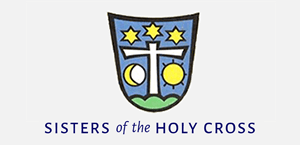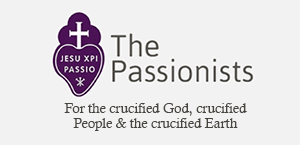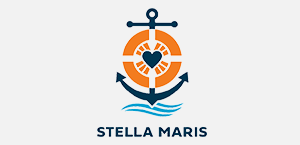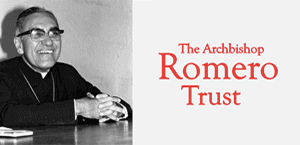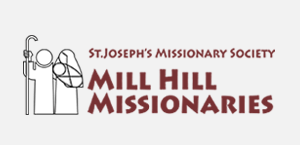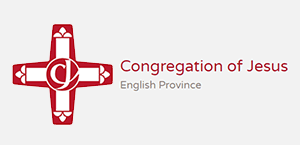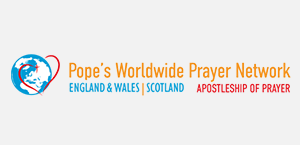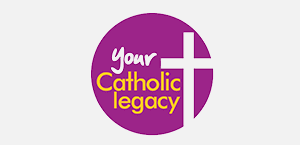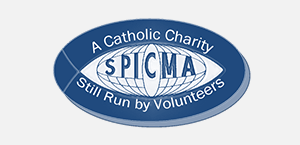Gospel in Art: John the Baptist appeared in the wilderness
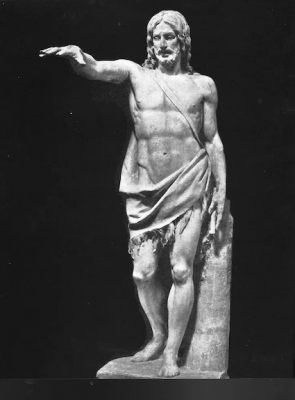
St John the Baptist, by Jean-Baptiste Houdon, 1808, Plaster Cast, © Galleria Borghese
Source: Christian Art
Gospel of 10 December 2023
Mark 1:1-8
The beginning of the Good News about Jesus Christ, the Son of God. It is written in the book of the prophet Isaiah:
Look, I am going to send my messenger before you; he will prepare your way.
A voice cries in the wilderness: Prepare a way for the Lord, make his paths straight.
And so it was that John the Baptist appeared in the wilderness, proclaiming a baptism of repentance for the forgiveness of sins. All Judaea and all the people of Jerusalem made their way to him, and as they were baptised by him in the river Jordan they confessed their sins. John wore a garment of camel-skin, and he lived on locusts and wild honey. In the course of his preaching he said, 'Someone is following me, someone who is more powerful than I am, and I am not fit to kneel down and undo the strap of his sandals. I have baptised you with water, but he will baptise you with the Holy Spirit.'
Reflection on the sculpture
Today's reading is the very start of the Gospel According to Mark. The first person St Mark introduces is St John the Baptist. The root of St John's message is simple but hugely significant: 'My life is not about me'. He points at Jesus, always. John wasn't interested in being the centre of attention. He wasn't interested in the praise of others. He was only interested in preparing the way for Christ, and he didn't let personal ambition get in the way.
St John's message was as startling as his physical appearance. He was not a richly clothed man. As we read in our reading today, he wore a scratchy camel's hair cloak and stuck to a diet of locusts and wild honey. Our sculpture by Jean-Baptiste Houdon, at the Borghese Gallery in Rome, depicts this contrast between a confident imperial pose (the modelling of this sculpture would have been based on a typical ancient Roman model of an emperor) and the humbleness of a camel hair cloak. Houdon first made an écorché for this sculpture. An écorché is a figure drawn, painted, or sculpted showing the muscles of the body without skin. These are usually highly academic sculptures, to define precisely the study of the body. I share with you the image of the plaster écorché which Houdon did, before then sculpting the actual figure of St John the Baptist in white marble. As a result of the study of the body, we have a perfectly toned and sculpted figure of St John. The final sculpture would then feature more dress. We could even say that as St John prepared the way for Christ's perfect obedient sacrifice of love, this plaster écorché model prepared the way for the final version of the sculpture.
Our lives however cannot point to Jesus unless we have encountered him in that deeply spiritual sense. If Jesus came to immerse people in the Spirit of God's unconditional love, then we need to allow Jesus to immerse us in God's love, so we too can point to Jesus. Cardinal Heenan was Archbishop of Westminster here many decades ago. He was once asked in a television interview which piece of the gospel was the greatest challenge to his faith. He paused for a moment and said that the bit of the Gospel he found most difficult to believe in was the truth that God loves me as I am now. Letting this Gospel truth become personal for each of us can take time. Advent is a good time to allow ourselves to be fully immersed in Christ.
LINKS
Gospel in Art: https://christian.art/
Today's Reflection: https://christian.art/daily-gospel-reading/mark-1-1-8-2023/









